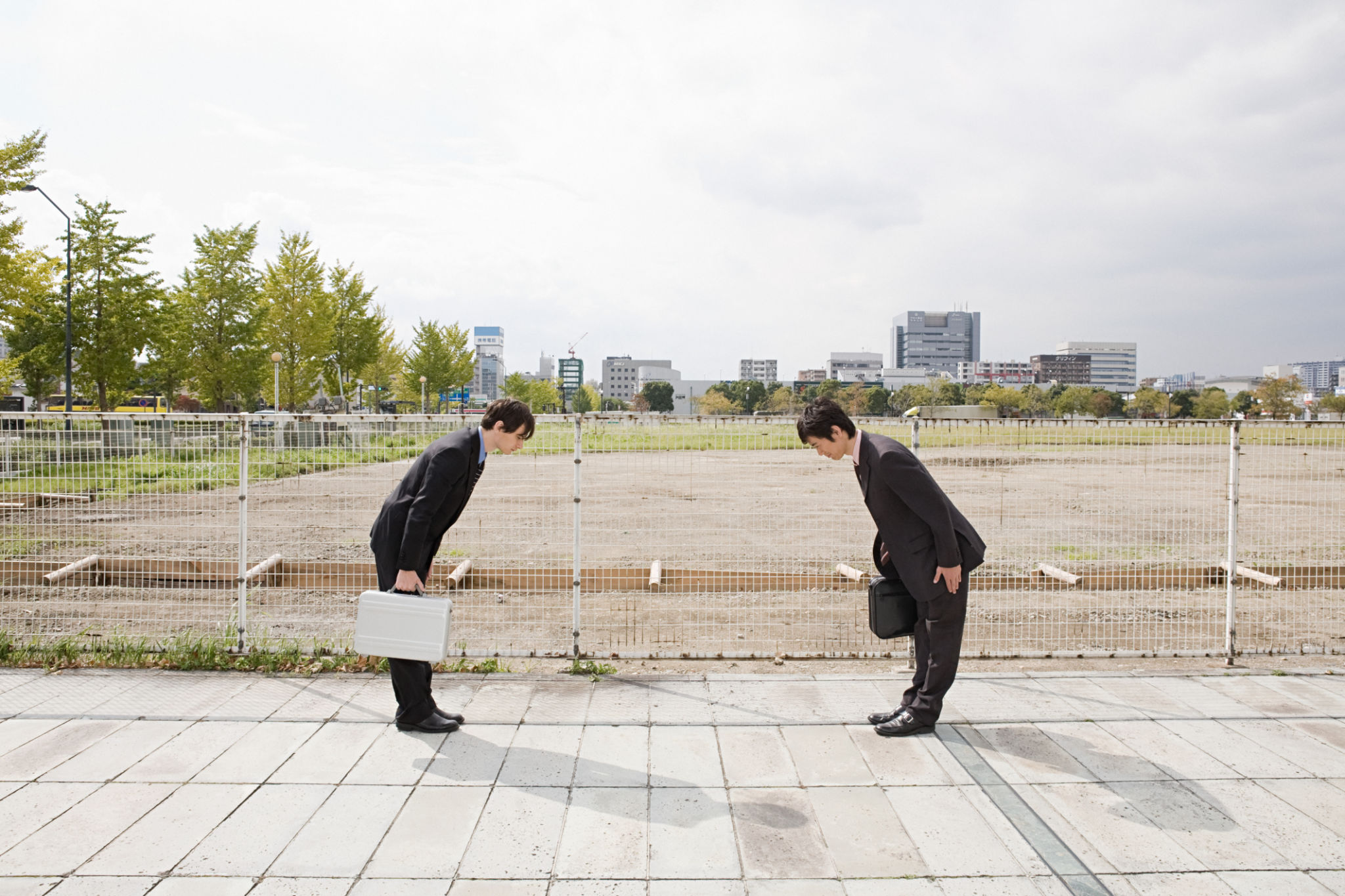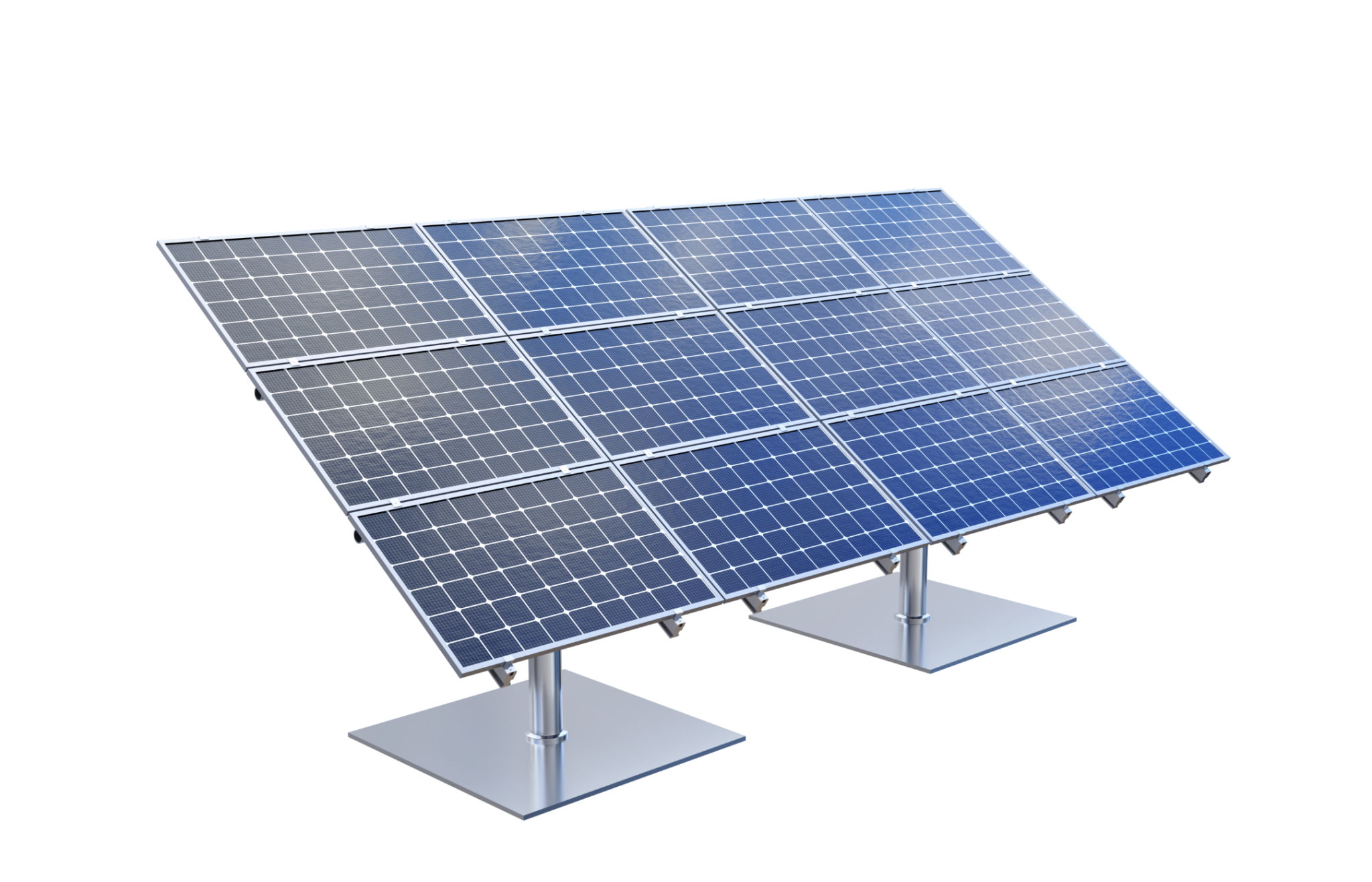Expert Advice: Sustainable Practices for Commercial Building Preservation
Introduction to Sustainable Building Preservation
Sustainability is not just a buzzword; it's a necessity, especially when it comes to preserving commercial buildings. Implementing sustainable practices can significantly extend the life of a structure, reduce operational costs, and contribute positively to the environment. But what exactly does sustainable building preservation entail? Let's delve into some expert advice on the subject.

Understanding the Environmental Impact
Commercial buildings are among the largest consumers of energy and resources. Therefore, understanding their environmental impact is crucial for sustainable preservation. Start by conducting an energy audit to identify areas where energy consumption can be reduced. These audits provide insights into which systems, such as HVAC or lighting, could be optimized or upgraded for better efficiency.
Moreover, consider the lifecycle of materials used in construction and maintenance. Opt for materials that are durable and have a low environmental footprint. Recycled materials or those that are locally sourced not only reduce emissions related to transport but also support local economies.
Implementing Energy-Efficient Systems
One of the most effective ways to preserve a commercial building sustainably is through the implementation of energy-efficient systems. For instance, upgrading to LED lighting or installing smart thermostats can drastically reduce energy consumption. Solar panels are another excellent option for buildings with suitable roof space, offering renewable energy that can power part or all of the building's needs.

Additionally, consider integrating building automation systems. These systems can control lighting, heating, and cooling based on occupancy and time of day, ensuring energy is not wasted when areas are not in use.
Water Conservation Techniques
Water conservation is another critical aspect of sustainable building preservation. Installing low-flow fixtures and water-efficient appliances can significantly reduce water usage. Implementing rainwater harvesting systems for landscaping and non-potable uses is also a sustainable practice that can reduce reliance on municipal water supplies.
Regular maintenance checks on plumbing systems can prevent leaks, which often go unnoticed but contribute to substantial water waste over time. This proactive approach not only conserves water but also protects the building from potential water damage.
Enhancing Indoor Environmental Quality
Preserving a building sustainably also involves looking after the health of its occupants. Enhancing indoor environmental quality (IEQ) is essential for both sustainability and occupant well-being. This can be achieved by using non-toxic, low-emission materials for interior finishes and furnishings.

Improving ventilation and air filtration systems ensures good air quality, which is critical in preventing health issues related to poor indoor environments. Plants can be added to interior spaces as natural air purifiers, further enhancing IEQ.
Long-Term Maintenance Strategies
Sustainable preservation also means thinking long-term about maintenance strategies. Develop a comprehensive maintenance plan that includes regular inspections and timely repairs. This approach not only ensures the building's systems are running efficiently but also extends their lifespan, reducing the need for replacements and minimizing waste.
Consider using predictive maintenance technologies, which use data analytics to predict when equipment will need servicing. This forward-thinking approach can prevent unexpected breakdowns and facilitate more efficient resource allocation.
The Role of Stakeholders
Finally, it's important to involve all stakeholders in the sustainability journey. Building owners, managers, employees, and even tenants should be educated about the sustainable practices being implemented and encouraged to participate actively. Regular workshops or informational sessions can foster a culture of sustainability within the building.

By engaging all stakeholders, you create a shared vision for sustainability that goes beyond mere compliance with environmental regulations, transforming it into a collective mission.